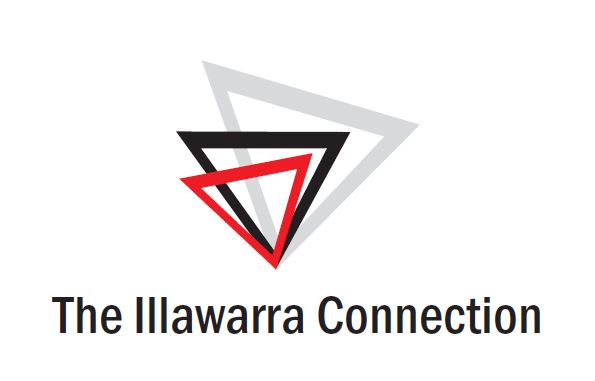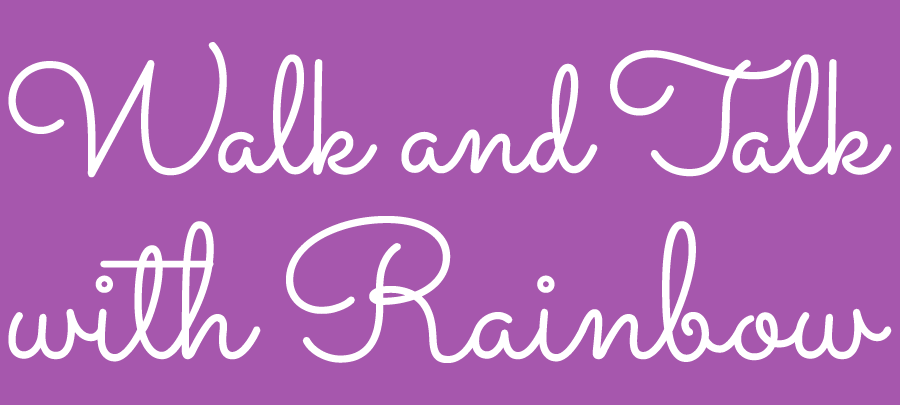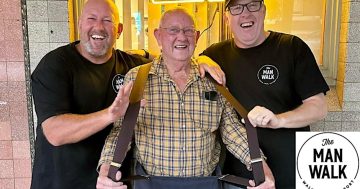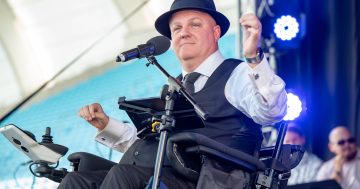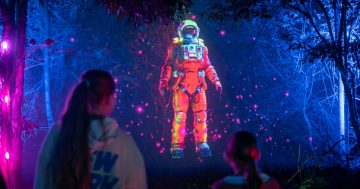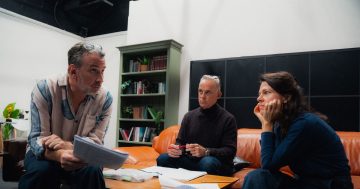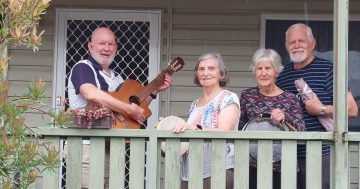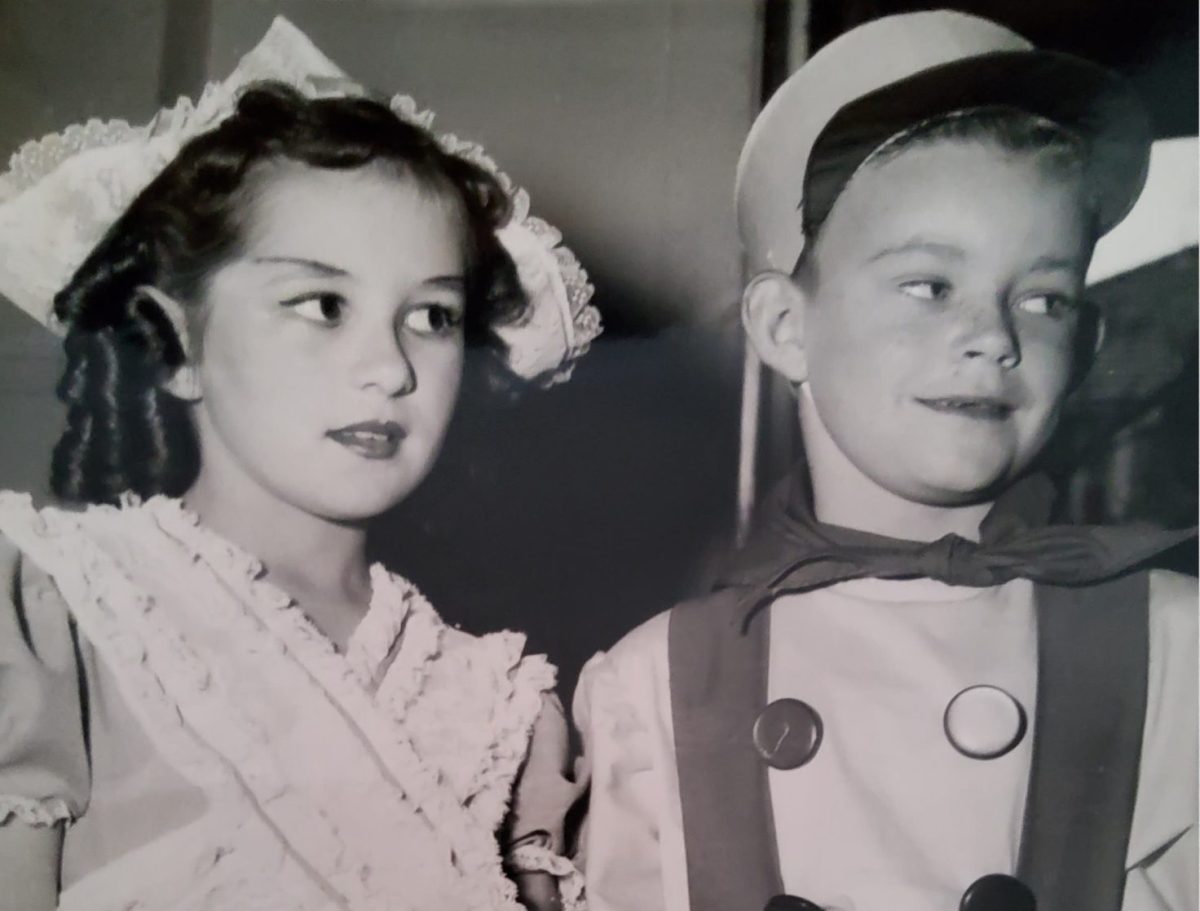
This photo published in the Daily Telegraph on 21 May 1964 titled “Two Young Stars at Eisteddfod” shows Jill Duncan from Corrimal and Tony Purdon from Bathurst, who had come third and first respectively in the Waltz Clog (10 years and under) the day before at the City of Wollongong Eisteddfod. Photo: Supplied.
It was 21 May 1964 and a young boy from Bathurst was making headlines for claiming first place in a Wollongong Eisteddfod event.
“Tony Purdon, 9, of Bathurst, gave a faultless exhibition when he competed against 14 girls in the Waltz Clog (10 years and under) in the dancing section of the City of Wollongong Eisteddfod yesterday,” the Daily Telegraph wrote.
It wasn’t his first win and wouldn’t be his last. But even today, as the Wollongong Eisteddfod turns 130, Tony – now the event’s president, says it’s more than the ribbons and trophies that bind him – and many like him – to it.
He reckons in those glorious days, as far afield as Bathurst and no doubt beyond, when someone said “The Eisteddfod” one assumed they were talking about the Wollongong Eisteddfod. The eisteddfod would attract families from far and for them it was a big deal.
“The event would run two weeks for dancing alone, and it was split between the Town Hall annex, which was a great little venue, and at the Smith’s Hill High School hall,” he says.
“We’d come from Bathurst, my dad would rent a house in Austinmer and we’d have a two-week holiday down here by the beach.
“Even though it was terribly cold we’d go for a swim and spend every day at the eisteddfod. People would come from all over, and the halls would be full.”
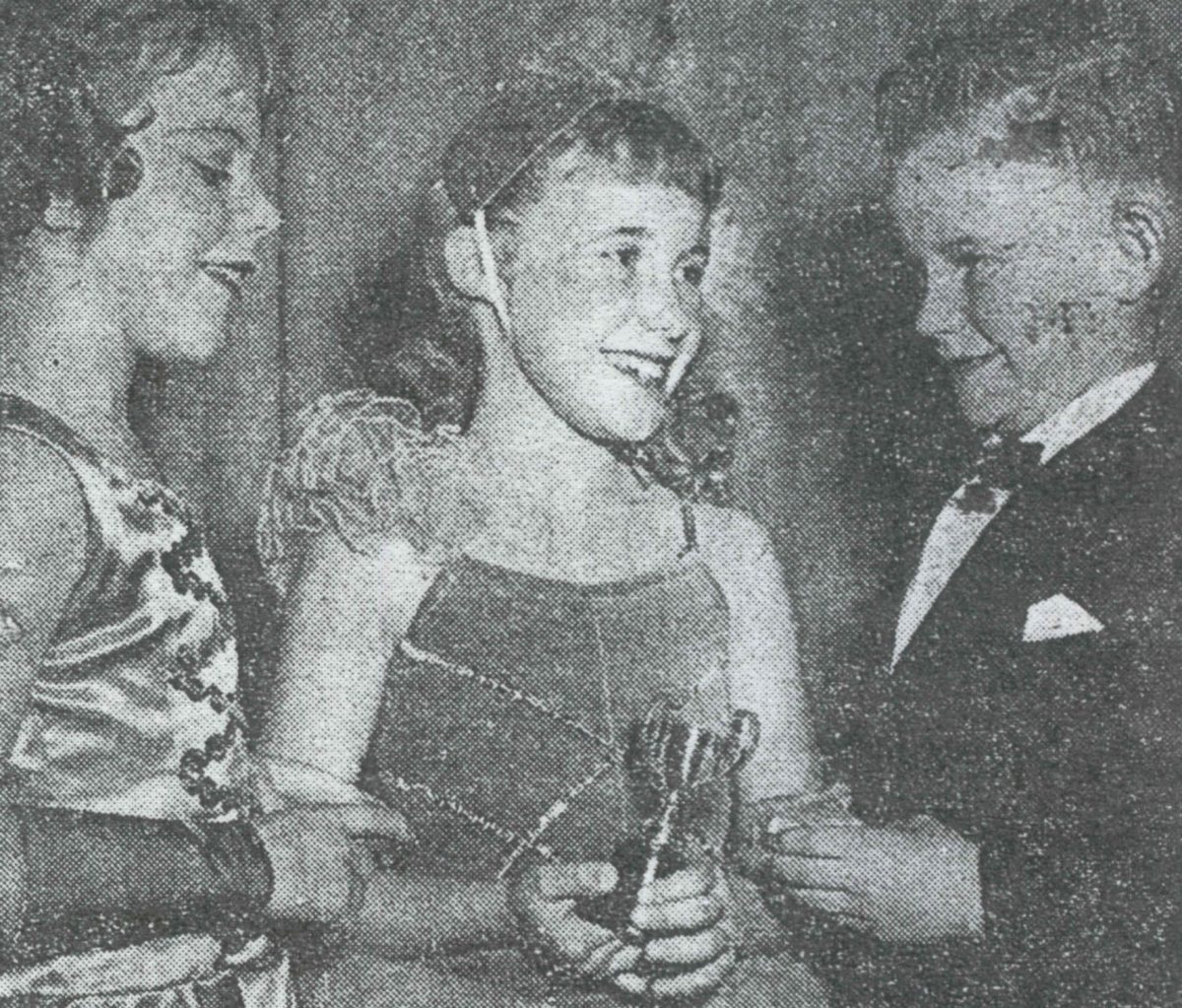
In 1962, Tony Purdon (right, in his first year competing in the Wollongong Eisteddfod) and Marilyn Hutchins (left) congratulate Kim Leather (centre), for taking top gong in the eight-years-and-under tap dancing section at Wollongong Eisteddfod. Marilyn and Tony came second and third respectively. Photo: Supplied.
Though along with the changing times, the eisteddfod’s culture has altered over the years, Tony says it remains a cherished feature of the Illawarra’s creative ecosystem.
“Everyone is busy now; most people come for their children’s events only, but this event is still important to them,” he says.
“There are a lot of commercial dance events, and most are to benefit the people running them. The Wollongong Eisteddfod will always be a not-for-profit volunteer-run community event and that’s the big difference.
“For many people in dance, music, singing, speech and drama in the Illawarra and other regional areas, it’s a rare opportunity – perhaps even the only opportunity – to get themselves out there, get performance experience, that critique from an adjudicator, and build on their social networks. For people passionate about these creative pursuits, it’s precious.
“On our 125th anniversary I interviewed Anthony Warlow who played the lead role in the Australian season of Phantom of the Opera 30 years ago. He’s a Wollongong boy, and he told me it was integral to his own performance anxiety management and building the confidence to get out in front of an audience.”
The Wollongong Eisteddfod was started in 1894 by a group of Welsh miners who worked at the Helensburgh colliery. At first mostly focused on singing and debating, it built up to include music and drama.
In the early 1900s, a splinter group started an eisteddfod for dance and eventually, the two unified to become the City of Wollongong Eisteddfod – the earliest version of the eisteddfod as we know it today.
The eisteddfod, which is the second oldest in Australia, has run continuously since, with the exception of one year during World War II and once during the COVID pandemic.
“I can’t imagine there were a lot of options for entertainment back at the turn of the century,” Tony says.
“It would’ve been something to see them come out of the mines and jump up on stage to recite poetry.”
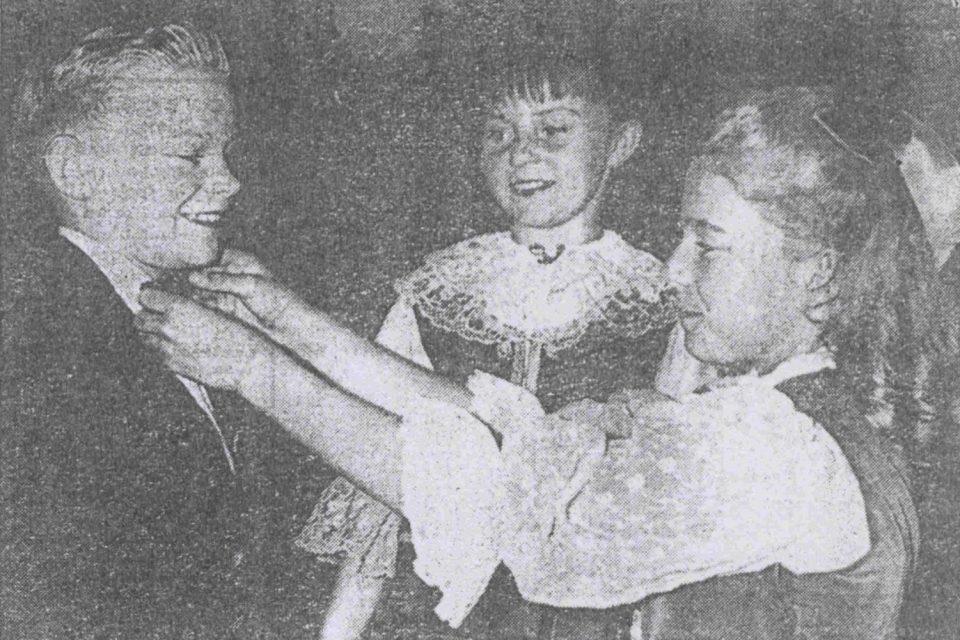
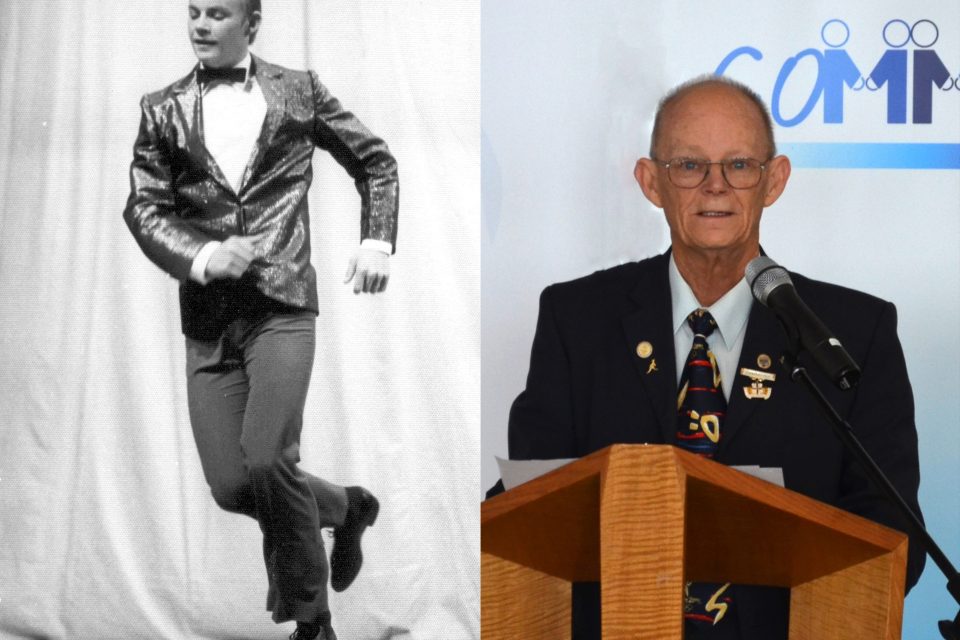
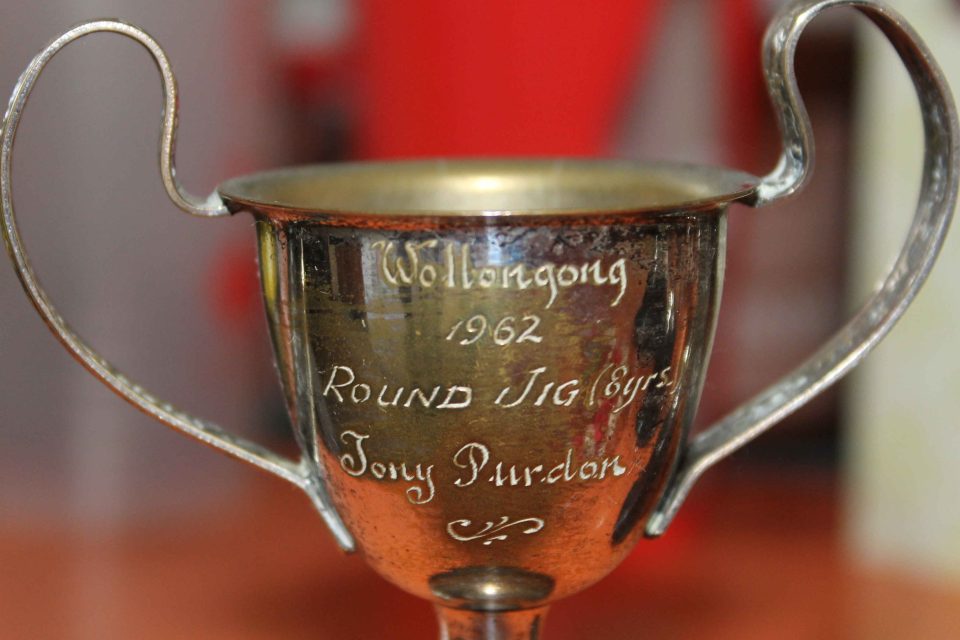
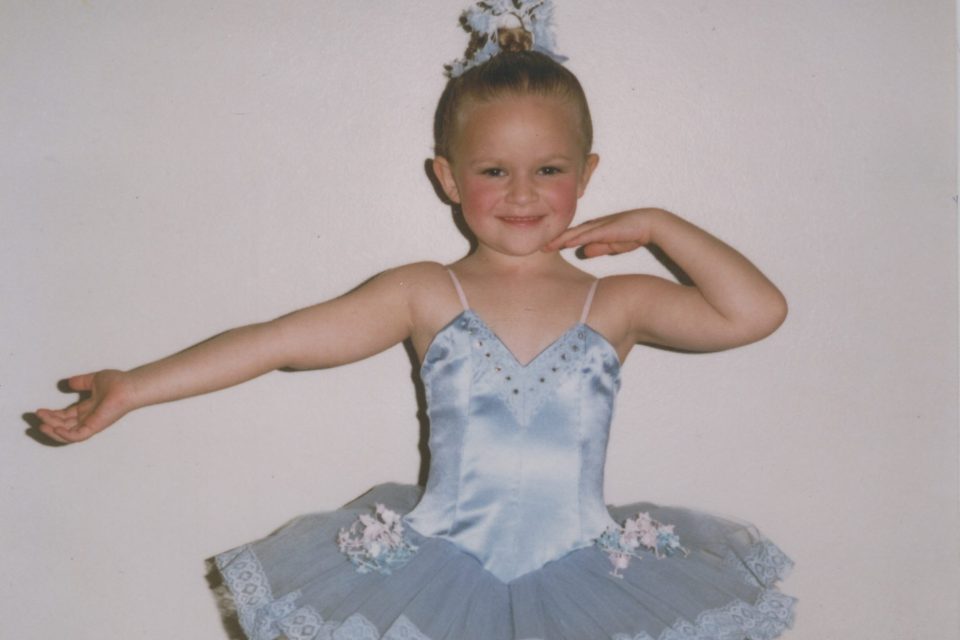
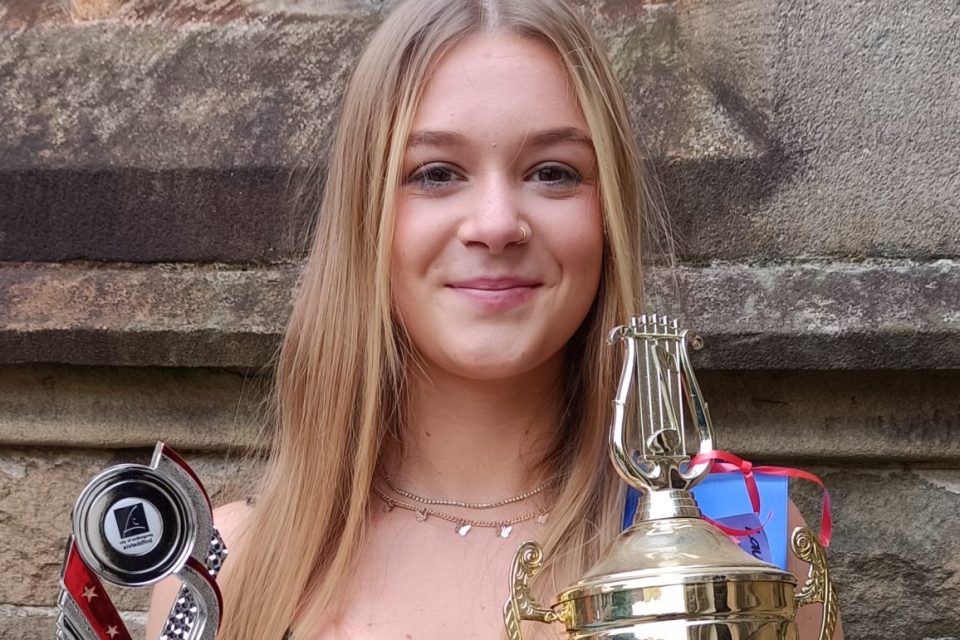
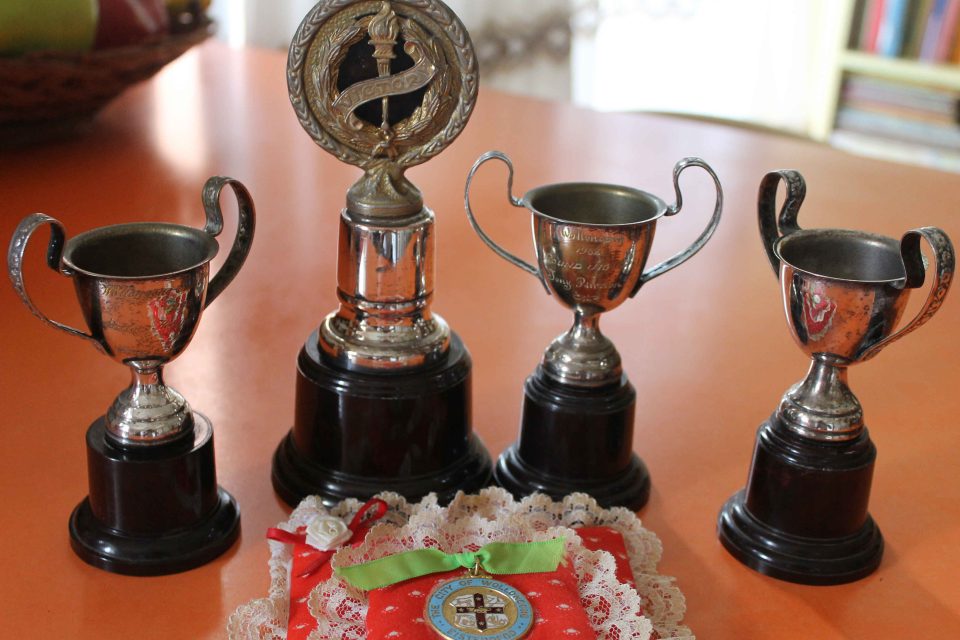
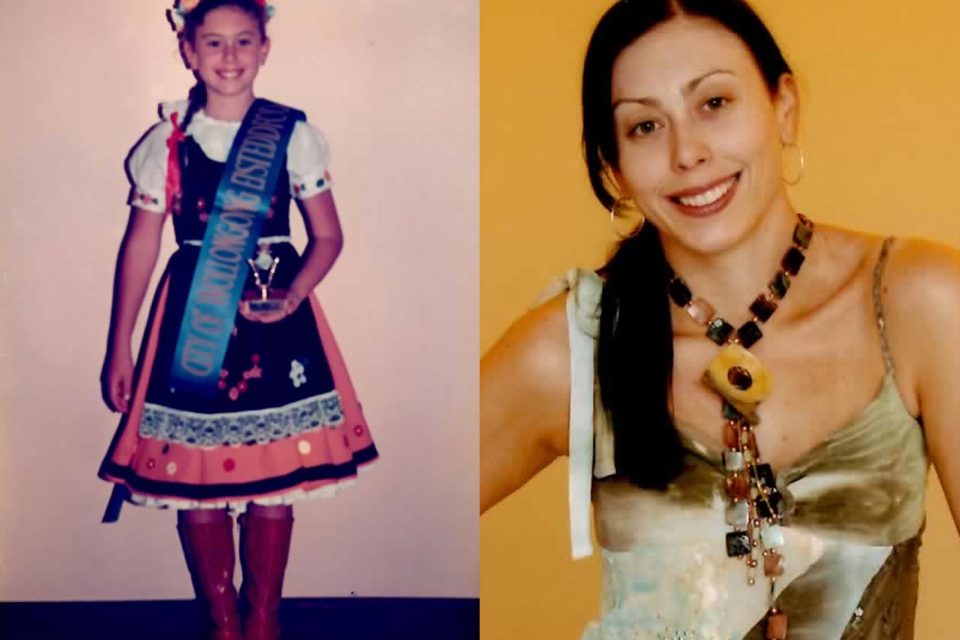
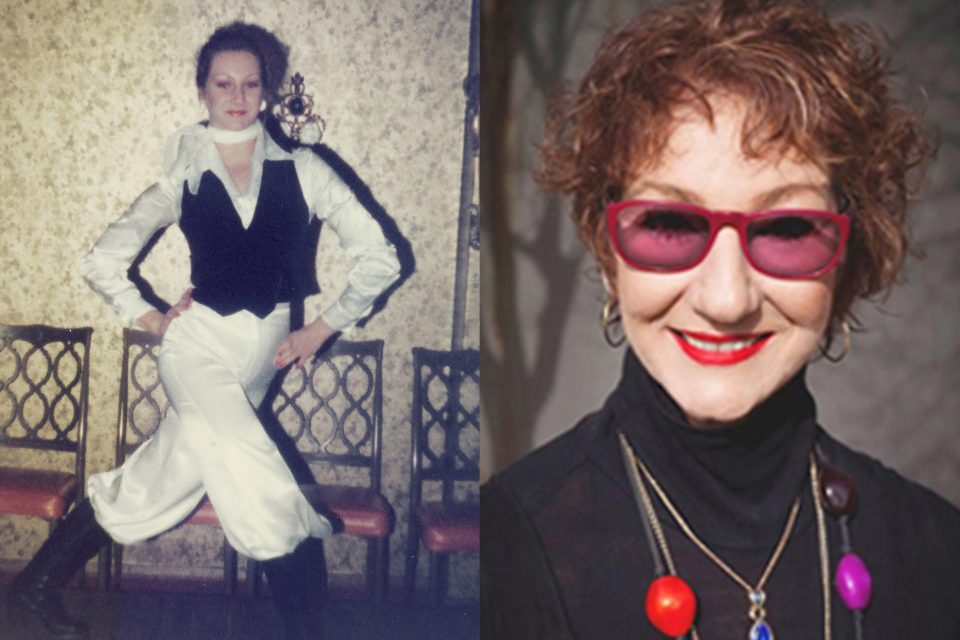
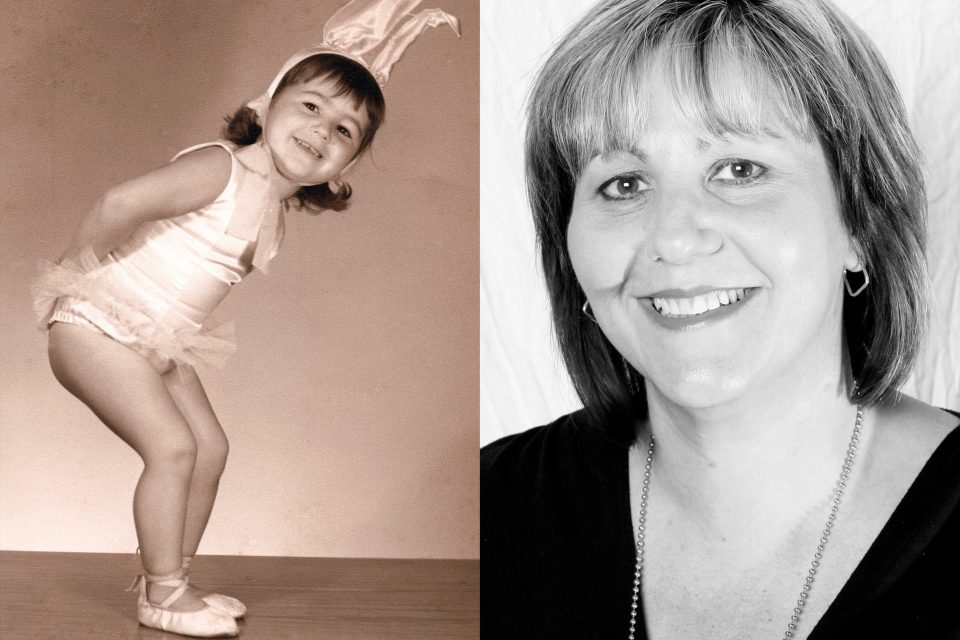
The 2024 BlueScope WIN Wollongong Eisteddfod takes place from Saturday 1 June to Saturday 13 July.
The performance dates are:
- Classical Vocal: Saturday 1 June, Wollongong Uniting Church
- Wind Instruments: Friday 7 to Saturday 8 June, Wollongong Uniting Church
- Speech and Drama: Sunday 9 to Thursday 13 June, Centro CBD
- Contemporary Vocals, Pop and Musical Theatre: Sunday 23 to Wednesday 26 June, Centro CBD
- Choirs and Vocal Ensembles: Tuesday 25 June, Figtree Anglican Church
- Piano: Saturday 15 to Sunday 16 June, Wollongong Conservatorium of Music
- Stringed Instruments: Friday 28 to Saturday 29 June, Wollongong Uniting Church
- Instrumental Ensembles: Saturday 29 June, Wollongong Uniting Church
- Dance Troupes Weekend: Saturday 6 July, IPAC (IMB Theatre)
- Dance Solos: Tuesday 9 to Saturday 13 July, IPAC (IMB Theatre)



